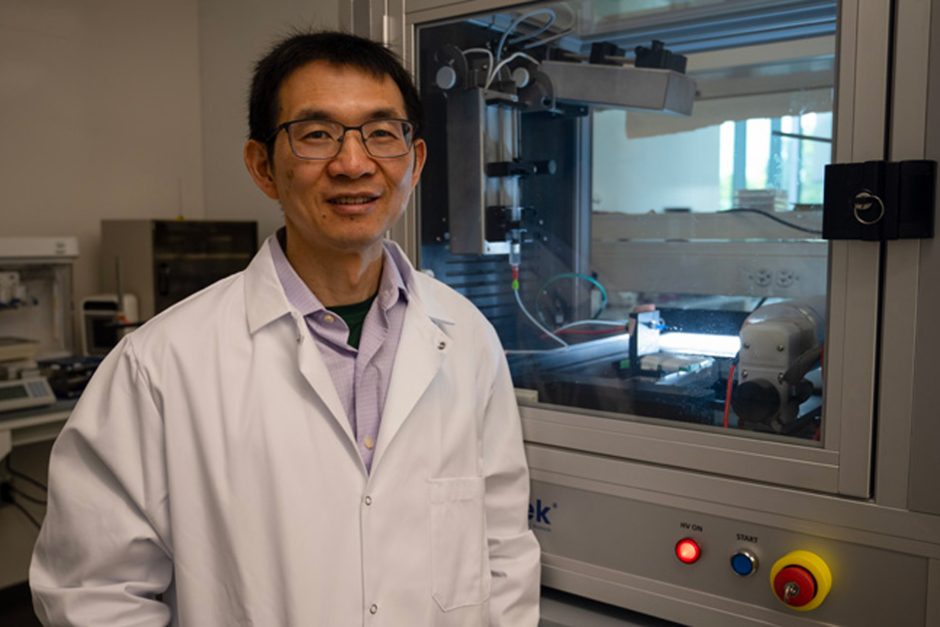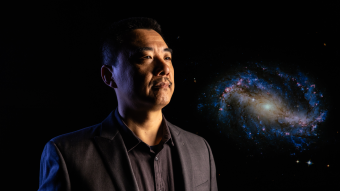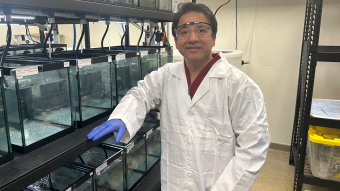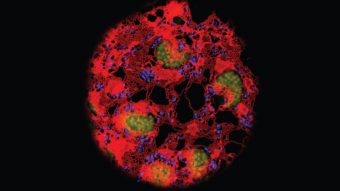
Photo by Zac Anderson
July 9, 2025
Researchers at the University of Missouri are working to reverse periodontitis by using stem-cells to regenerate the bond between teeth and bone.
Periodontitis is a painful gum disease that, if left unattended too long, can destroy gums, ligaments and bones that support the teeth. It affects 42% of adults in the U.S.
“Periodontitis poses a significant public health burden,” Xiaohua Liu, professor in the Department Chemical and Biomedical Engineering at the College of Engineering and a biomedical science and engineering researcher at NextGen Precision Health. “In severe cases, patients don’t have enough bone left to receive implants, so the only option is to extract the tooth.”
This spring, Liu’s research team received funding from the National Institute of Health to continue its work, addressing one of the most persistent challenges in periodontal therapy.
“This project could help patients regenerate functional periodontal tissues, offering an effective treatment for periodontitis” he said.
Liu’s team is using stem cells to regenerate the bond between tooth and bone. Stem cells can self-renew and become other specialized cell types, so they are crucial in the regeneration of damaged tissues.
The researchers have developed a bio-inspired, three-layer material called “periopatch.” The periopatch is made of nanofibrous material that mimics natural periodontal tissue. Different layers of the porous material provide critical signals to guide stem cells to become periodontal ligament and bone, separately.
“Basically, we create a unique sandwich-like structure that stimulates the regeneration of the periodontal ligament in the middle layer, anchoring one side to the bone and the other to the tooth,” Liu said. “The goal is to form a functional, organized structure that can reconnect these periodontal tissues to support teeth.’
Read more from the College of Engineering


